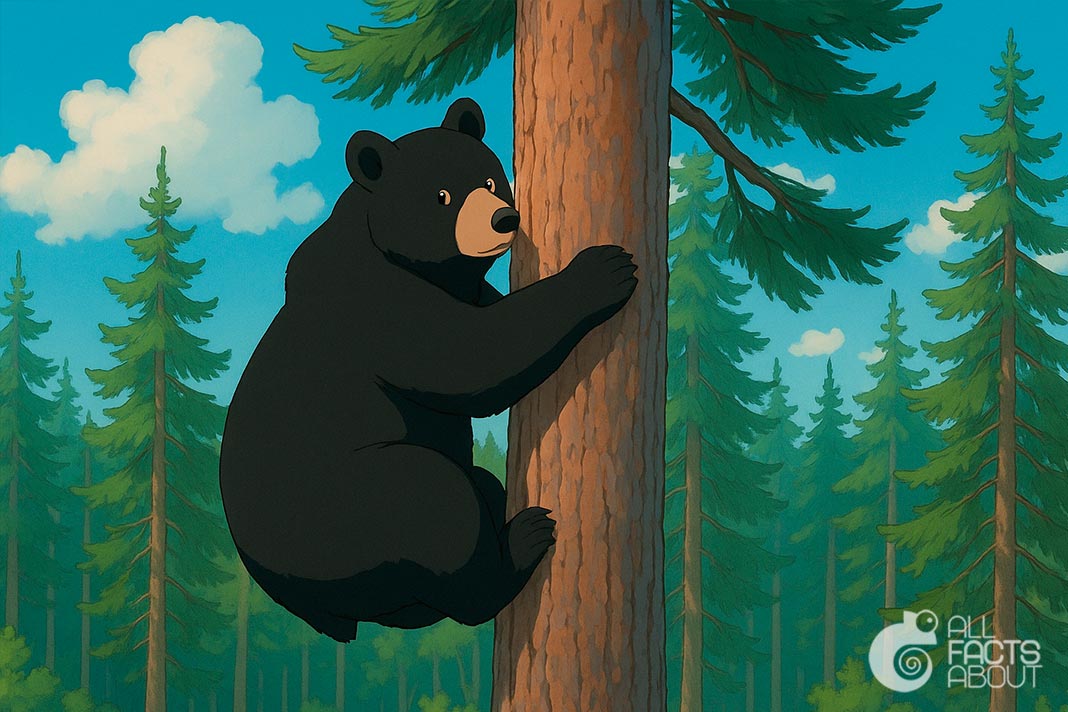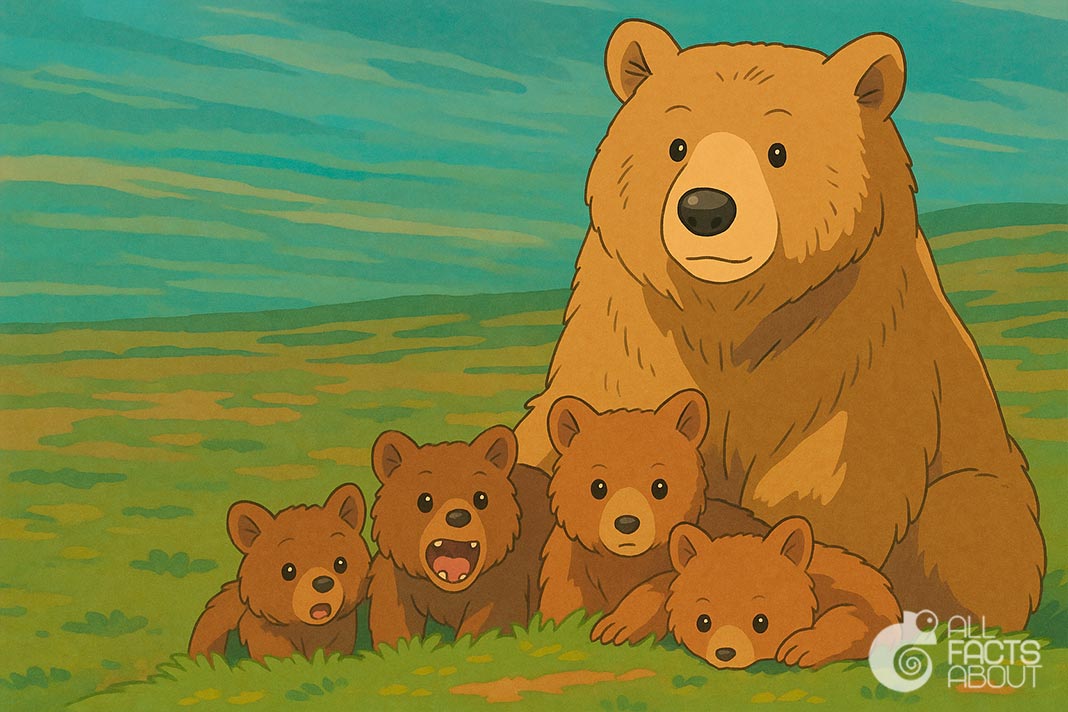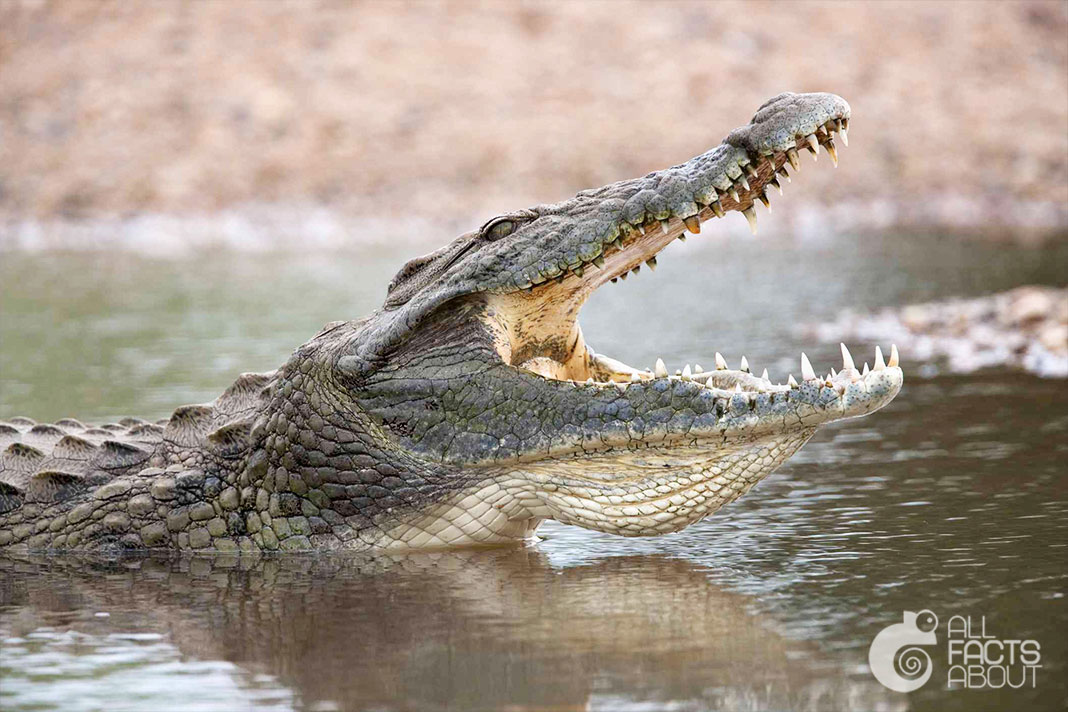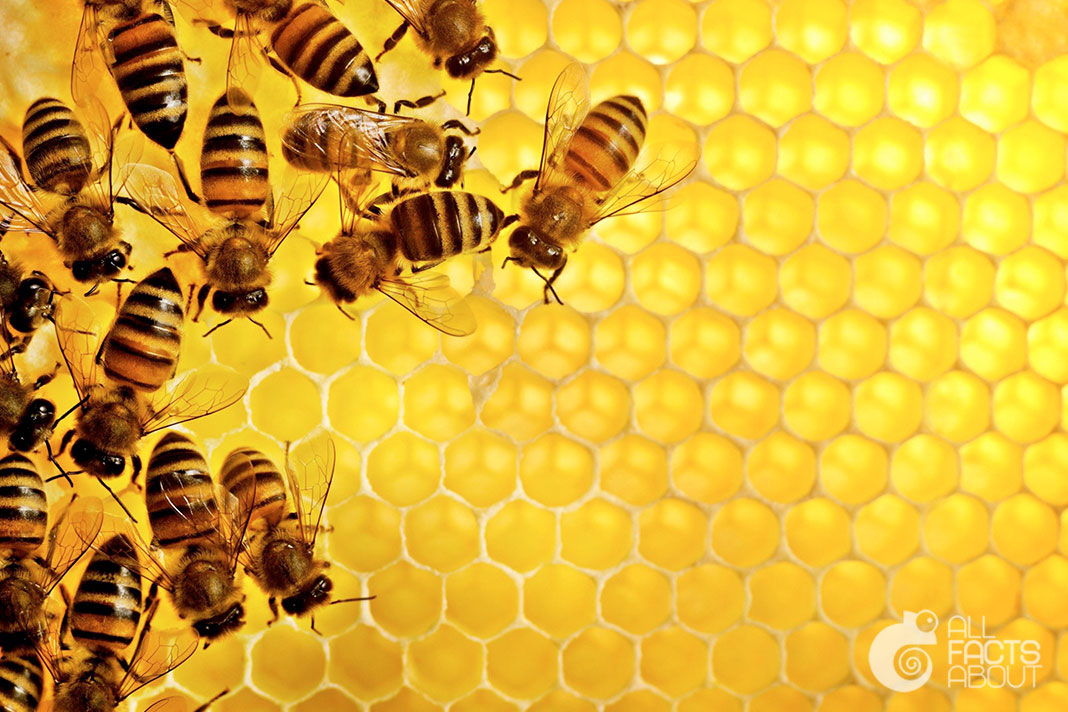The bear has always been a symbol of courage and strength. But now, they are one step away from extinction, which is why in most countries bears, regardless of species, are protected by law. Here is a selection of interesting facts about these amazing animals.
1. From the eight modern bear species, only the polar bear are exclusively meat-eaters, the panda is almost entirely vegetarian, as more than 99% of their diet is bamboo, and the other six species are omnivorous with various diets.
2. Polar bears are the largest land carnivores on our planet, their nose-to-tail length can get more than two and a half meters (8 ft 6 in) and they can weigh over six hundred kilograms (1,320 lb).
3. Bears have an incredible sense of smell, according to many studies they have the best sense of smell among mammals. Polar bears can smell their prey at a distance of more than 20 kilometers.
4. It’s easy to understand why some bears are called black, brown, or polar. But what about “grizzly”? The name comes from the English word “grizzled,” meaning streaked with gray, referring to the bear’s silver-tipped fur. Some early explorers also linked it to grisly, meaning terrifying—both fitting for this powerful creature.
5. Similar confusion surrounds sloth bears. They were called sloths not because they’re lazy, but because early explorers thought their long claws and messy fur made them look like real sloths—even though they’re not related.
6. Bears can run surprisingly fast—some species, like the grizzly bear, can reach speeds up to 35 miles per hour (56 km/h), which is faster than Usain Bolt at full sprint!
7. American black bears are surprisingly good at climbing trees—even adult bears weighing over 200 pounds can scramble up trunks in seconds to escape danger or find food.

Black bears are excellent tree climbers.
9. The polar bear fur actually has no color pigment and is practically transparent. Only because of the refraction of light does it appear white. Also, few people know that the polar bear’s skin is black.
10. Polar bears are real gluttons. A hungry adult male can eat more than 110 pounds of meat at a time. And a grizzly bear eats almost 20,000 calories a day.
11. All polar bears that live on our planet today have one co-relative who lived in Ireland more than fifty thousand years ago. And strangely enough, the ancestor of polar bears is a brown bear.
12. During hibernation, the bear’s body slows down metabolism and even lowers body temperature, slowing the pulse from 55 beats per minute to nine. When the bear sleep, it is very sensitive and in case of danger immediately wakes up and leaves the den. This hibernation allows the animals to use very little energy and helps them survive by using their stored fats.
13. If a brown bear does not store enough fat, it may not go to sleep at all. These bears walk all winter in the woods and because of the lack of food, they become very aggressive and dangerous to humans.
14. Brown bear mothers are extremely protective and nurturing; they may care for their cubs for up to 2.5 years, teaching them to fish, hunt, and avoid danger.

Brown bear mothers are caring and protective.
16. Among the polar bears, only pregnant females fall into hibernation, and the males remain active and hunt year-round. In fact, the bear after the baby’s birth does not fall asleep but simply does not leave the den and waits until the cubs become stronger and are ready to endure long journeys and fierce frosts.
17. Bears can often be found on the coat of arms of many cities. For the first time as a totem animal, the bear was used by ancient tribes of Germans and Celts. Today, bear symbols are especially common in countries like Germany, Spain, and other parts of Europe.
18. In Europe and the United States, toy bears are called 'Teddy bears.' The name of the toy is traditionally linked to US President Theodore Roosevelt, who famously spared a bear during a 1902 hunt. Teddy Bear Day is celebrated in the United Kingdom on October 27.




